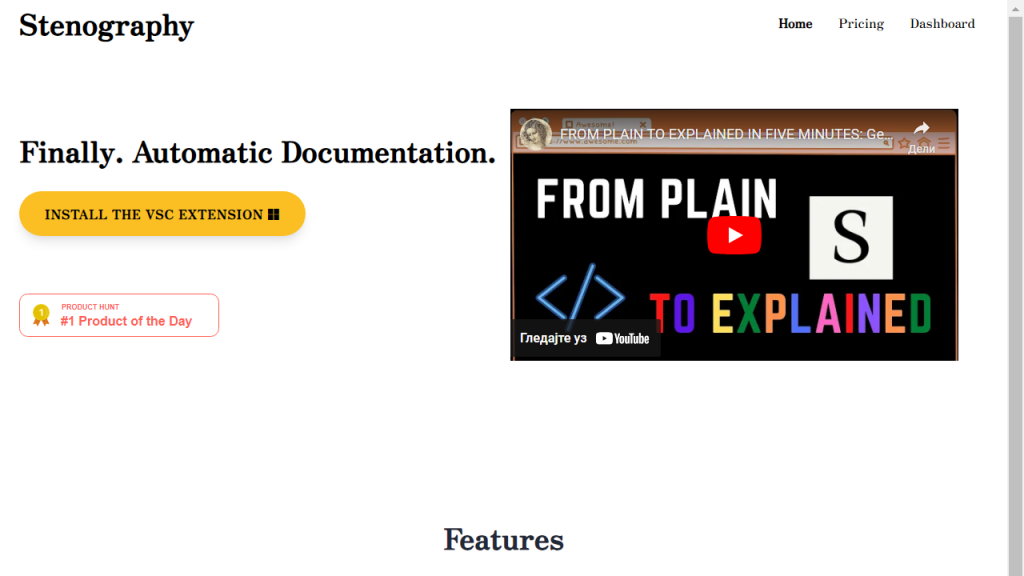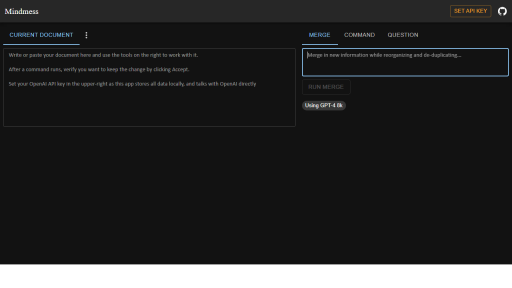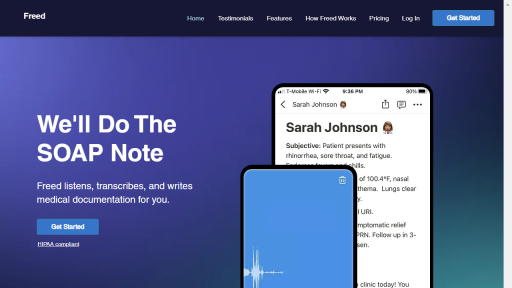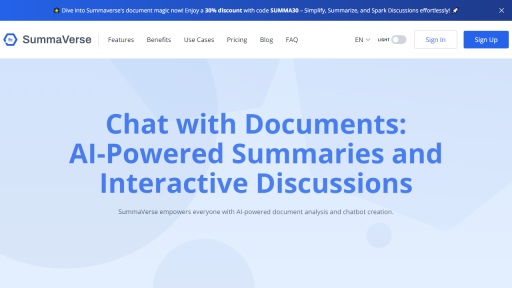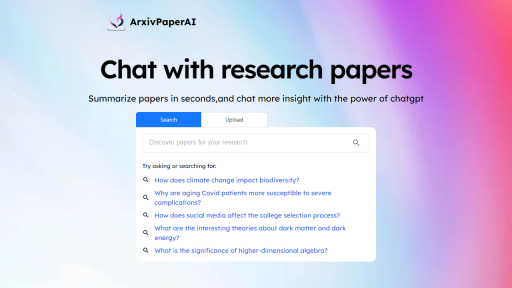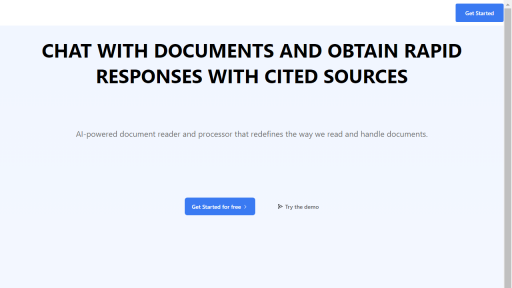What is Stenography?
Stenography is the practice of writing in shorthand, allowing for the rapid transcription of spoken words into written form. This tool is particularly valuable for professionals who require an efficient way to capture dialogue, such as court reporters, journalists, and live captioners. Stenographers use specialized machines known as steno machines that enable them to input complex phrases and sentences with a single stroke, which significantly increases writing speed compared to traditional typing methods. The essence of stenography lies in its ability to compress language into concise symbols, which can be translated back into full text later. This skill is not only about speed but also requires a deep understanding of language structure, context, and the ability to follow spoken dialogue in real-time. The advent of digital technology has further enhanced stenography, with software now available that can translate shorthand into text almost instantaneously, making it an invaluable tool in various settings, including legal proceedings, business meetings, and live events. Overall, stenography is a unique blend of art and technology, offering a powerful solution for capturing and conveying spoken communication.
Features
- High-Speed Transcription: Stenography allows users to transcribe speech at speeds exceeding 200 words per minute.
- Shorthand Techniques: Utilizes a system of symbols and abbreviations, enabling quick note-taking and efficient communication.
- Real-Time Translation: Many stenography tools offer software that instantly translates shorthand into readable text.
- Portability: Steno machines are compact and portable, making them suitable for various environments, including courtrooms and conferences.
- Custom Dictionaries: Users can create customized dictionaries to include industry-specific terminology for enhanced accuracy.
- Integration with Other Technologies: Stenography tools can often be integrated with video recording software and other digital communication platforms.
Advantages
- Increased Efficiency: Stenographers can capture spoken words much faster than traditional typing, which is crucial in fast-paced environments.
- Enhanced Accuracy: The use of shorthand minimizes the chances of error in transcription, ensuring reliable documentation.
- Immediate Access to Information: Real-time translation provides instant access to transcribed content, facilitating immediate comprehension and decision-making.
- Reduced Physical Strain: Steno machines are ergonomically designed, reducing the physical strain associated with long periods of typing.
- Versatility: Stenography is applicable in various fields such as law, media, and education, making it a versatile skill set.
- Improved Focus: Stenographers can concentrate better on the spoken content without the distraction of traditional typing methods.
TL;DR
Stenography is a shorthand writing technique that enables high-speed transcription of spoken words into text, ideal for professionals in fast-paced environments.
FAQs
What is the primary use of stenography?
The primary use of stenography is to transcribe spoken words quickly and accurately, often utilized by court reporters, journalists, and live captioners.
How fast can stenographers write?
Stenographers can write at speeds exceeding 200 words per minute, making it one of the fastest methods of transcription available.
Do I need special training to use a steno machine?
Yes, using a steno machine effectively requires specialized training in shorthand techniques and proficiency with the machine itself.
Can stenography be used for live events?
Yes, stenography is commonly used for live events, such as conferences and broadcasts, where real-time transcription is required.
What software is commonly used with stenography?
Common software used with stenography includes CAT (Computer-Aided Transcription) software, which translates shorthand into text, and integrates with various digital platforms.
